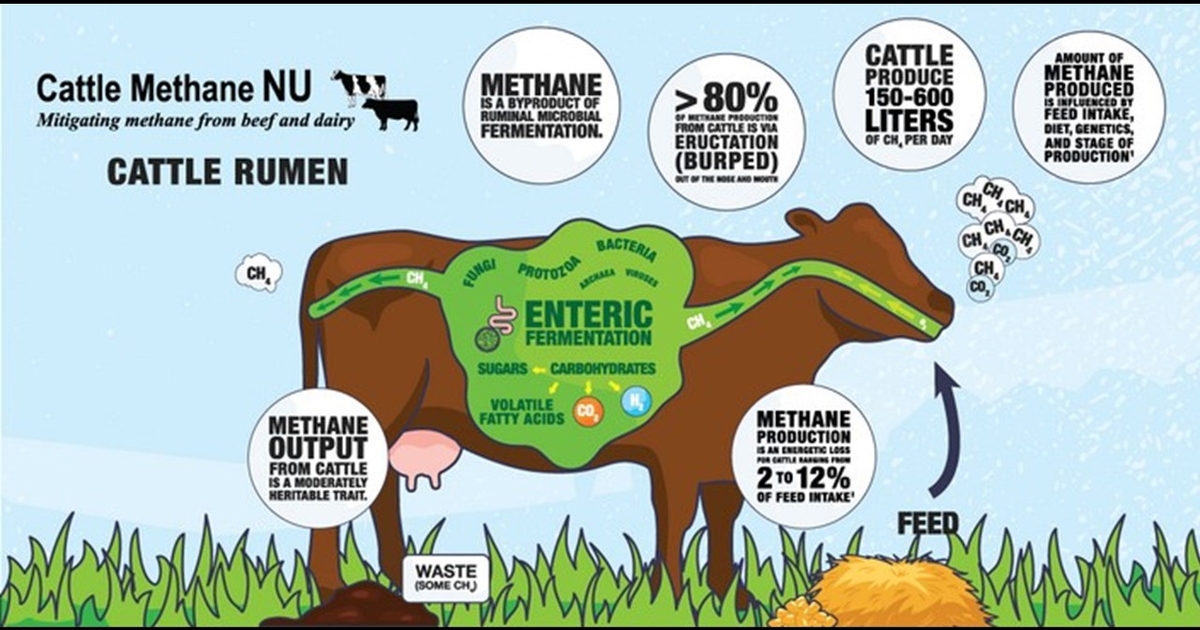U.S. corn, soy key to beef, pork and lamb export success
Posted on March 5, 2024
Source: Farm Progress. The original article is posted here.
"The corn and soybean producers really are valuing exporting their product through protein. I think they're asking great questions. They want to know what the value of beef and pork exports are back to the price of a bushel of corn or bushel of beans, and so they're asking the right questions. So, it's great to hear that they're interested in what we do, and how we add value to what they do," Spronk says.
"They're important cooperators with us here. In other words, we look at raising, in my industry, pork, and it's the same thing with beef. You look at the lifecycle analysis of red meats and the feed grains, our feed is a critical important part of that. We can't say we're a sustainable product without understanding what's happening on the farm as we produce our grain and soybeans. And so they're critical to us, and actually, we bring more revenue back to the farm, which it's just a great symbiotic relationship."
U.S.-produced corn and soy are key to the success of beef, pork and lamb exports and are an important part of the sustainability story that USMEF shares with consumers around the globe. In addition, the Soybean and Corn Checkoffs provide financial support for USMEF’s global marketing efforts that move grains and oilseeds through feed consumption.
In 2023, U.S. red meat exports accounted for the consumption of nearly 513 million bushels of corn valued at more than $3 billion and 97 million bushels of soybeans with a value of $1.4 billion.
"We talk about how do we differentiate our product in the international market. And I think the story that we have about how we raise our soybeans, how we raise our corn, how we process the feed, the efficiencies, that's a story that differentiates us from other export countries versus the EU," Spronk says.
"You know, when I graduated in '81 a 100 bushel corn was the max yield. You look at it today, here, it's two and a half times. I mean, there is no greater efficiency and sustainability story than that, making more with less here, and so I think the story that we've got to be able to tell on differentiating our product comes because of our feed grains."

.jpg?disable=upscale&width=1200&height=630&fit=crop)


